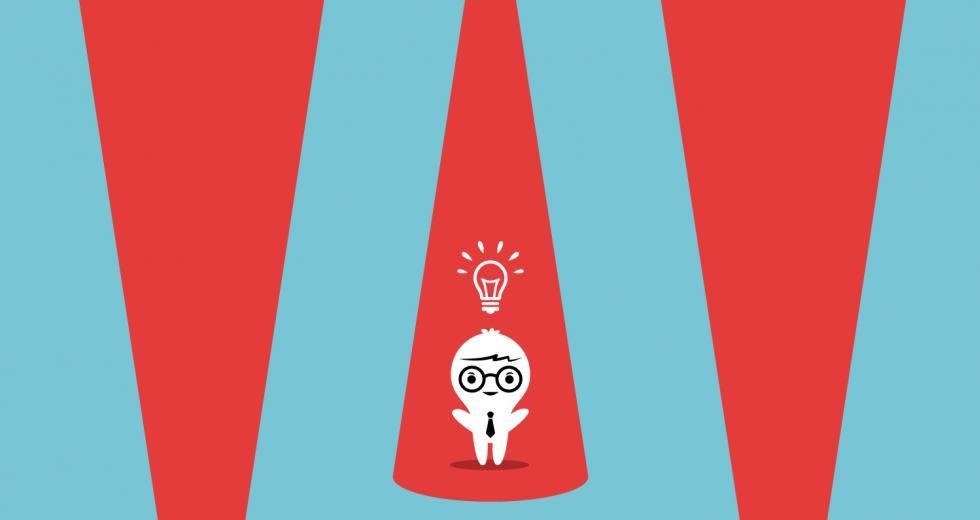When I was in elementary school, I wanted to become a writer or a dancer. I was a bookworm, and my childhood dance instructor, Mary, was a firecracker and one of my earliest role models. I was a shy kid, a wallflower who got good grades and aimed to fly beneath the radar. But in dance class, I was a different person. I was outgoing, outspoken and actively engaged, whereas at school I was quiet and often bored. I’m sure I gave Mary at least a few headaches during the near decade she spent teaching me — sorry Mary, to this day your patience means more to me than you could ever know.
Different environments foster different kinds of students. Different subject matters, ways of learning and instructors can truly transform the learning experience and how students engage. I was never bad at math, but I hated it — until the numbers I was counting were steps of choreography or beats to the music.
The recognition that one cookie-cutter approach to education leaves large swaths of students underserved has become more mainstream among parents and education reformers. According to a Brookings Institution study from 2017, “What we know about Career and Technical Education in high school,” a shift toward higher emphasis on career and technical education has occurred in recent years, after experiencing a sharp decline starting in the 1980s as more and more students were put on a track designed to lead them to four-year university degrees.
It makes sense that our society is realizing again the value of CTE. In the last decade and a half, college grads are increasingly finding themselves with crippling debt and without lucrative jobs. Or they find themselves gainfully employed in professions that never required a degree in the first place. And we’ve all heard the old cliche of someone drowning in debt after borrowing tens of thousands of dollars for a liberal arts degree that leads to no viable career path.
The Brookings study says “In 2015 alone, 39 states instituted 125 new laws, policies or regulations relating to CTE, many of which increased state funding for such programs.” We know there is a dearth of skilled labor, not just in the Capital Region but throughout California and the nation, in everything from construction to advanced manufacturing. The de-stigmatization of “blue collar” work is essential not just for a functioning economy but also for a functioning society. We can’t thrive as a nation of only philosophers any more than we can thrive as a nation of only mechanics.
Related: Youth entrepreneurship programs expand in the Capital Region
Related: Leadership Gene
Yet, let’s be careful not to throw the baby out with the bathwater. The humanities don’t just teach the critical theory of Jane Austen — they teach curiosity, creativity and empathy. As algorithms and automation increasingly take hold of our daily lives, the insight that comes from a human touch is more essential than ever. The job market is evolving at an unprecedented pace, and it’s difficult to predict what sort of employment needs will meet the high school graduates of 2030.
What we do know is that the number of freelancers, solopreneurs and independent contractors is on the rise with no signs of slowing. A 2006 report from the federal Government Accountability Office estimated there were 43 million “independent or contingent” workers, which includes temp and part-time workers, in addition to those who are self-employed or independent contractors. That’s about 30 percent of the workforce. A widely-cited 2010 study by software company Intuit estimates that number will rise to 40 percent, or over 60 million workers, by 2020. (The GAO survey has since been discontinued and no more recent data is available.)
That’s partly why entrepreneurial-focused programs like those outlined in this month’s cover story (“Born to Run” by Torey Van Oot) are so vital to well-rounded students and future leaders of the workforce. Sure, skills like financial management, design thinking and problem solving are necessary in a great founder or CEO. But they also arm youth with the critical thinking skills necessary for navigating their way there in the first place — and adapting to the changes we can’t yet foresee.
In my youth, I didn’t know that dance recitals would help make me a better public speaker, that stumbling on stage was a lesson in overcoming failure, or that conceptualizing movement was an introduction into user experience. I didn’t grow up to be a dancer, but I understand now that those classes were instrumental in helping me become the professional I am today.
It’s time we stop asking kids what they want to be when they grow up, and start asking what they want to do and how they want to get there.



